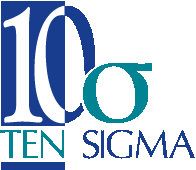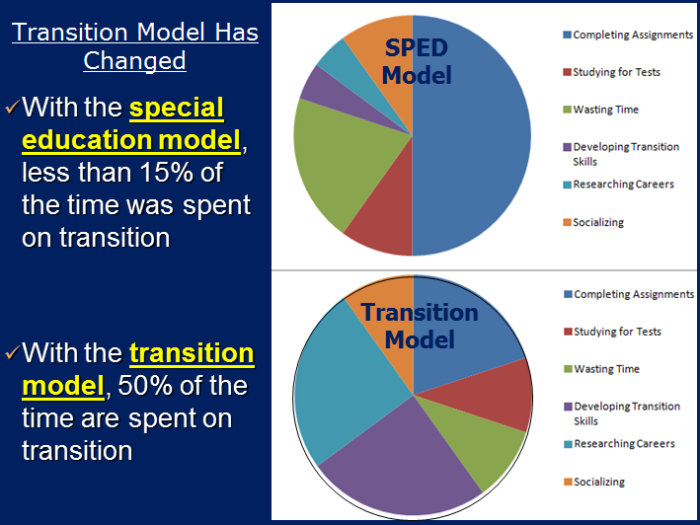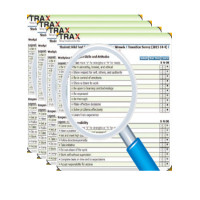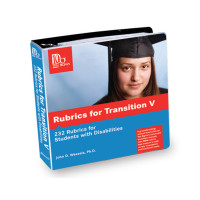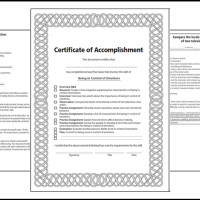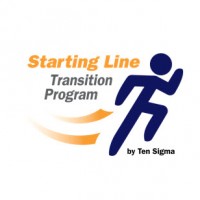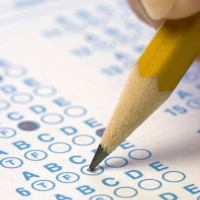What is Transition?
Transition is the process of changing from one condition to another. In Special Education, Transition refers to students leaving the school world and entering into adult life. As we know, this can be an exciting and scary time for all teenagers, but for students with disabilities, who have an Individualized Education Plan this “transition” requires special consideration and planning. The Individuals with Disabilities Education Act (IDEA) 2004 requires schools to help these students plan for furthering their education, employment, and independent living.
